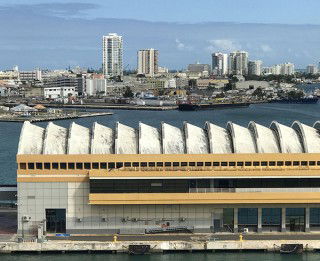Five years ago, the top five companies accounted for less than 34 per cent of the total installed capacity. Today With the top five companies set to corner nearly 60 per cent of the country’s total installed capacity of 150 million tonnes per annum (MTPA) through the acquisitions and strategic tie-up route, consolidation is the name of the game.
According to analysts, the move towards consolidation in the sector is in line with the global trend, where only two or three cement producers dominate the market. Except China and India, the two largest cement producers in the world, all other major cement producers of the world including the US, France and Mexico have just two or three manufacturers. Analysts predict that over the next few years cement production in the country could be consolidated under four to five major companies from a huge 50-odd players now controlling 120-manufacturing facilities, with smaller players been bought out through the acquisition or merger route.
"Size gives huge logistical advantages, which is very tangible in case of a cheap commodity like cement. Bigger players can also leverage significant economies of scale in manufacturing and there is huge scope for sectoral diversification through the consolidation route," Mr Gaurav Dalmia, President, Orissa Cements Ltd, said.
The units likely to be lapped up by bigger players in the near future include some among the 10 cement plants of the state-owned Cement Corporation of India. Grasim Industries had also expressed interest in acquiring the Chunar and Dalla units of the UP State Cement Corporation.
With the two major consolidation deals between the largest domestic players ‹ the strategic alliance between ACC and Gujarat Ambuja Cements and Grasim’s acquisition of L&T’s cement business ‹ the top five companies would control about 56 per cent of the total installed capacity.
"The scope for consolidation is huge, especially since the setting up of greenfield projects would require considerable capital investments of around Rs3500 per tonne production of cement. The expansion route through buying out of units or through mergers makes better sense under the present environment," an analyst said. According to a mid-sized cement manufacturer, there are several players scouting for companies in the market but not many are selling out at the moment.
According to an ICRA analysis, apart from the two mega deals that involved Gujarat Ambuja taking a 14 per cent stake in ACC and Grasim Industries taking over L&T’s demerged cement division, several other deals have gone through during the last few years involving smaller companies being taken over by larger players. For instance, Gujarat Ambuja took over DLF Cements and Modi Cement, India Cements took over Raasi Cement and Sri Vishnu Cement, Grasim took over Digvijay Cements and L&T’s cement division, before its de-merger, took over Narmada Cements.
